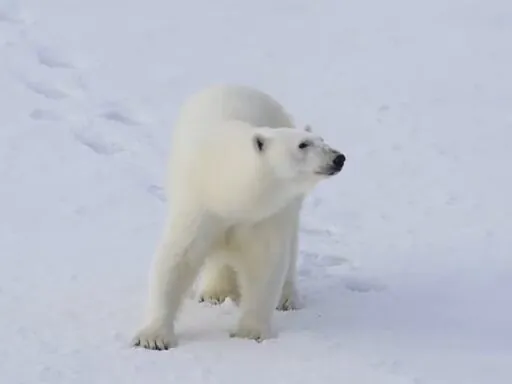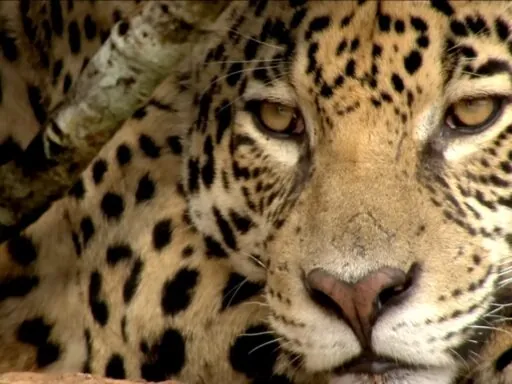Snow leopards, often called the “ghosts of the mountains,” are one of the most enigmatic and elusive big cats in the world. Adapted to thrive in the harshest climates, their unique characteristics make them a subject of endless fascination. From their incredible jumping abilities and long-distance travel feats to their close genetic ties to tigers and extraordinary camouflage, snow leopards showcase a blend of strength and agility. Here are the top 10 interesting facts about snow leopards that highlight their remarkable adaptations and the urgent need to protect them.
1. Adaptations to Cold Environments
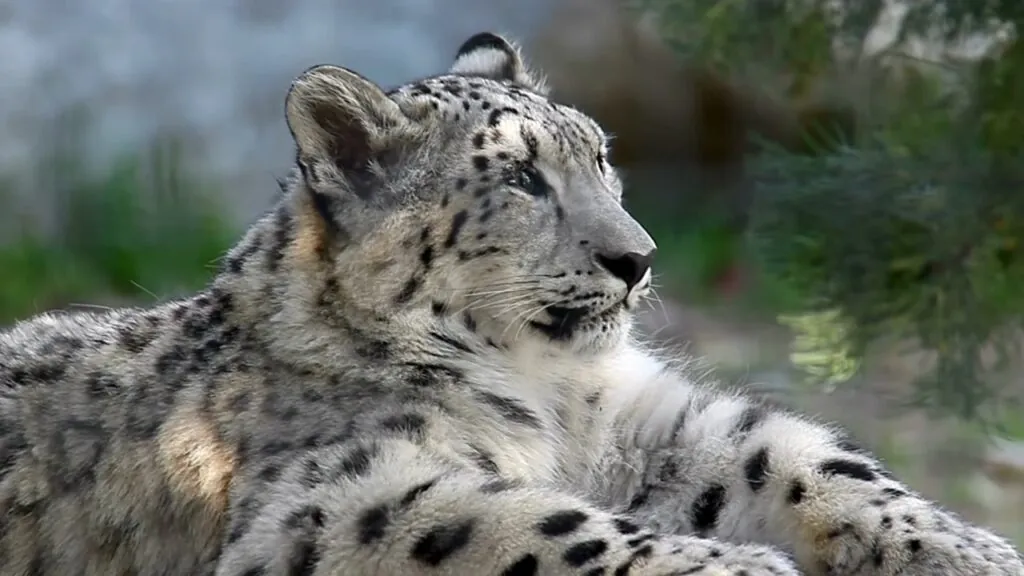
Snow leopards are superbly adapted to their frigid habitats. Their spotted white-greyish fur provides excellent insulation against the cold, with hair length reaching up to 5 cm on their backs and sides, and nearly 12 cm on their bellies. Their long tails, measuring 80-105 cm, aid in balance and can wrap around their bodies for additional warmth.
2. Diet and Prey in Nepal
In Nepal, snow leopards primarily prey on blue sheep, which, despite their name, are not actually blue. One blue sheep can sustain a snow leopard for up to a week. They also hunt ibex, Himalayan tahr, marmot, pika, hares, small rodents, and game birds.
3. High-Altitude Acrobats
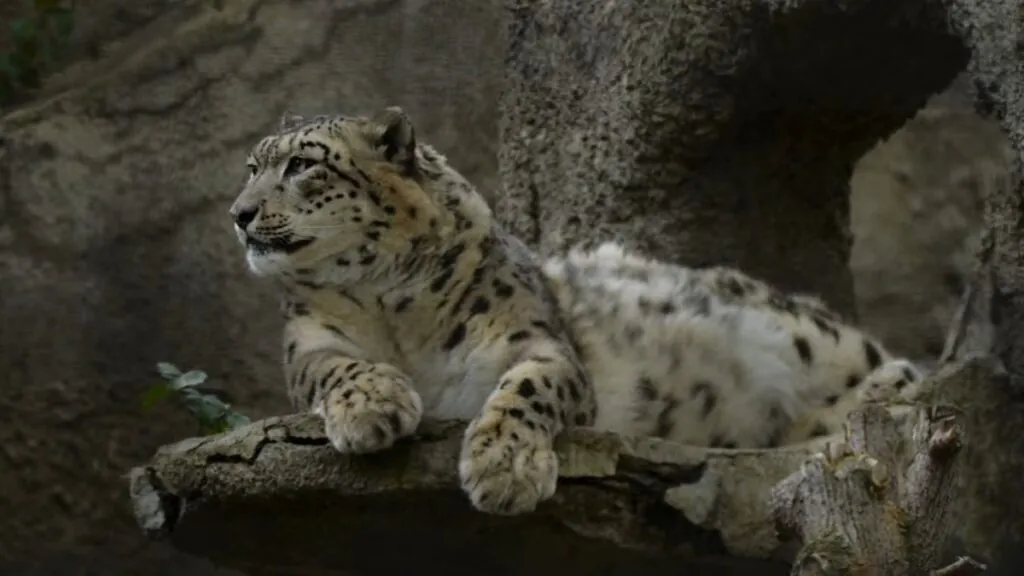
Snow leopards inhabit high-altitude mountainous regions, typically at elevations between 3,000 and 4,500 meters. They thrive in steep, rugged landscapes, including cliffs, rocky outcrops, and ravines. Their short forelimbs and long hind legs facilitate agility and balance in these challenging terrains.
4. Vocalizations
Unlike other big cats, snow leopards cannot roar. Instead, their primary vocalization is a piercing yowl, which can be heard over the roar of a river.
5. Genetic Relation to Tigers
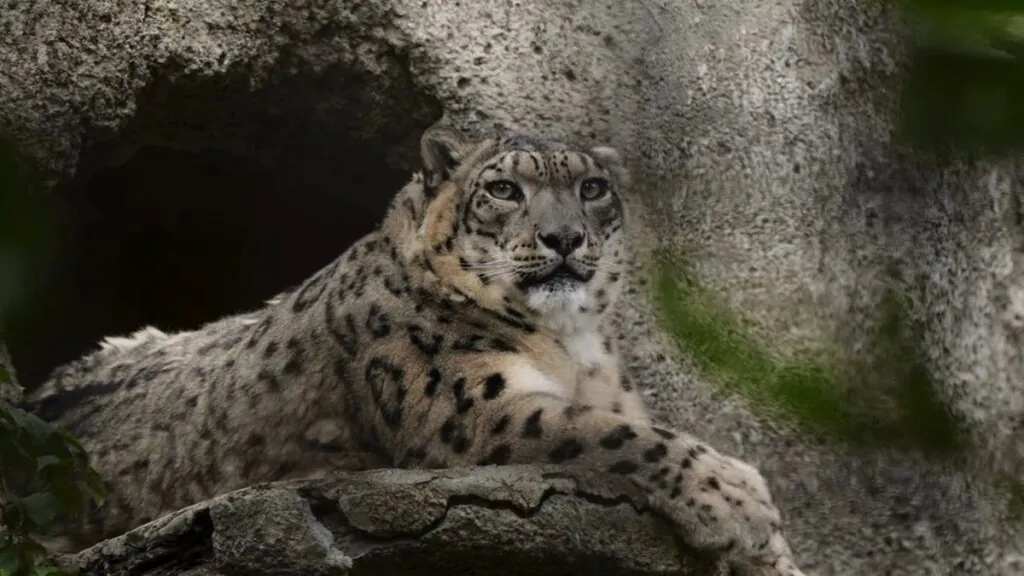
Snow leopards, despite their name, are more closely related to tigers than to leopards. Genetic studies reveal that snow leopards (Panthera uncia) and tigers (Panthera tigris) share a more recent common ancestor compared to leopards. This genetic closeness is reflected in several physical and behavioral traits unique to these two species.
6. Natural Snowshoes
Snow leopards’ wide, fur-covered paws function as natural snowshoes, distributing their weight over soft snow and protecting them from the cold.
7. Long-Distance Travel
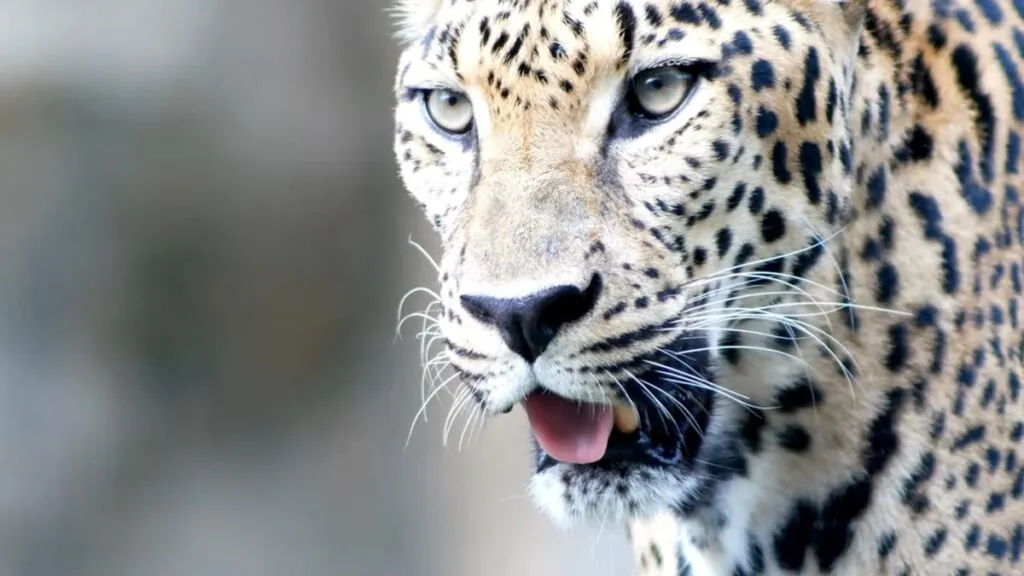
Snow leopards are remarkable long-distance travelers, capable of covering up to 40 kilometers (about 25 miles) in a single night. This extraordinary range is due to their need to patrol and defend vast territories, which can span up to 1,600 square kilometers. Their extensive roaming is primarily driven by the scarcity of prey in their harsh, mountainous habitats. Radio telemetry studies have highlighted these extensive movements, showcasing the snow leopard’s ability to navigate and thrive in some of the most rugged terrains on Earth.
8. Camouflage
With their long fur and less distinctive markings that change shape with body movement, snow leopards are exceptionally well camouflaged – one of the interesting facts about snow leopards. This makes it difficult to identify individuals compared to other big cats like tigers, leopards, and jaguars.
9. Jumping Ability
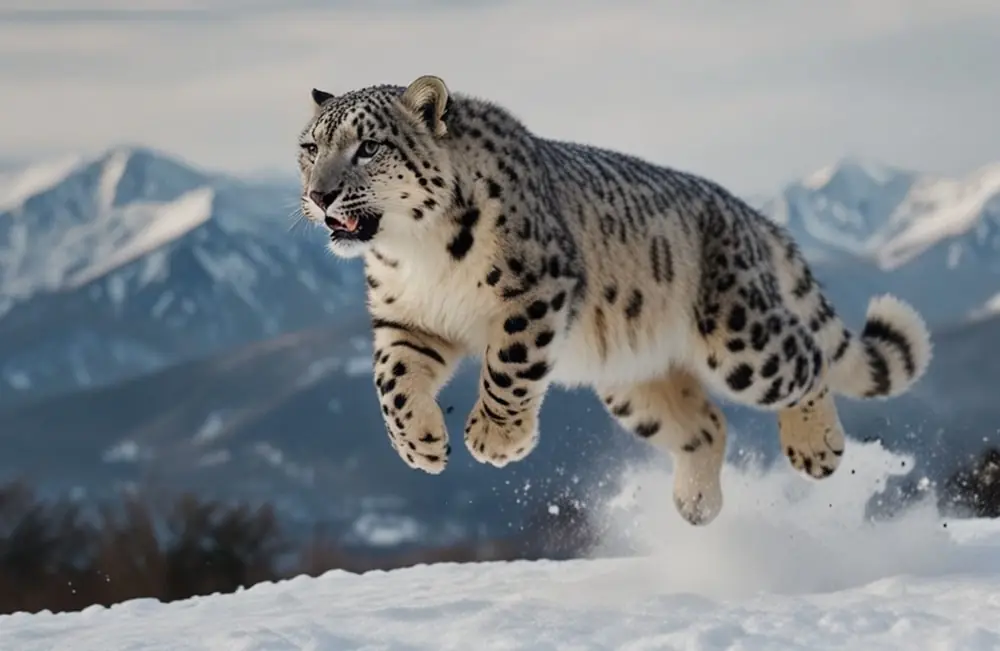
Snow leopards is the longest jumping animal, capable of leaping up to 9 meters (30 feet) in a single bound – one of the striking snow leopards facts. This incredible ability is supported by their powerful hind legs, which are significantly longer than their front legs. Their long, thick tails act as counterbalances, aiding in their stability and agility while navigating steep and rocky landscapes. This impressive jumping capability not only assists in hunting but also in traversing the challenging terrains of their high-altitude homes.
10. Conservation Status
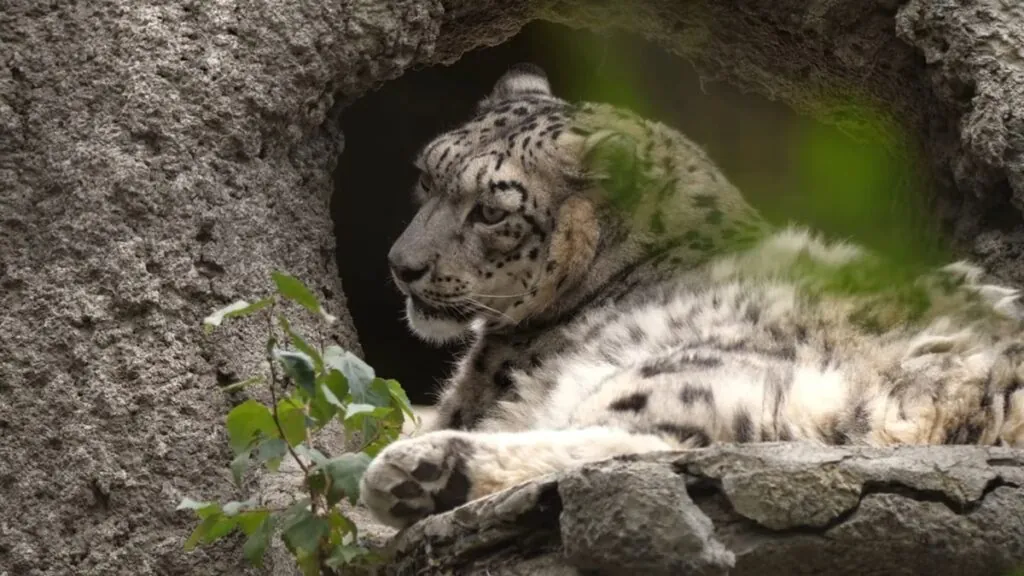
Snow leopards are under significant threat from human activities. Their population in the wild could be as low as 4,000 individuals, though exact numbers are unknown due to their elusive nature. The primary threats they face include habitat loss, human-wildlife conflict, prey depletion, poaching for the illegal trade, and climate change. Organizations like the WWF are actively working with communities and governments to mitigate these threats and protect snow leopards.
In summary, snow leopards are extraordinary animals with unique adaptations, such as their genetic ties to tigers, exceptional long-distance travel, and remarkable jumping ability. These interesting facts about snow leopards highlight their evolutionary marvels and underscore the critical need for conservation efforts to protect them from ongoing threats.

